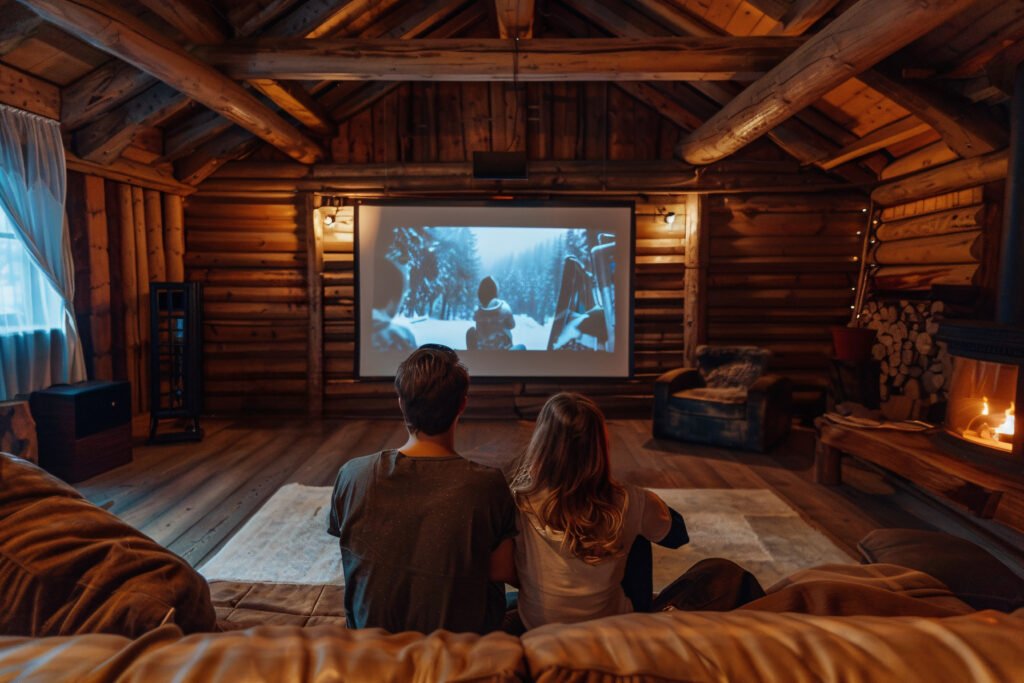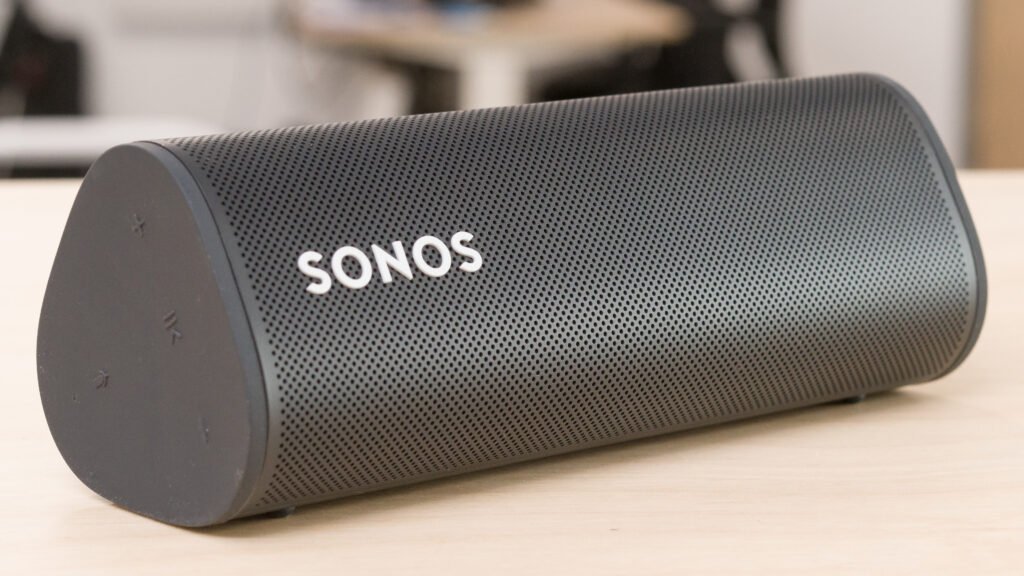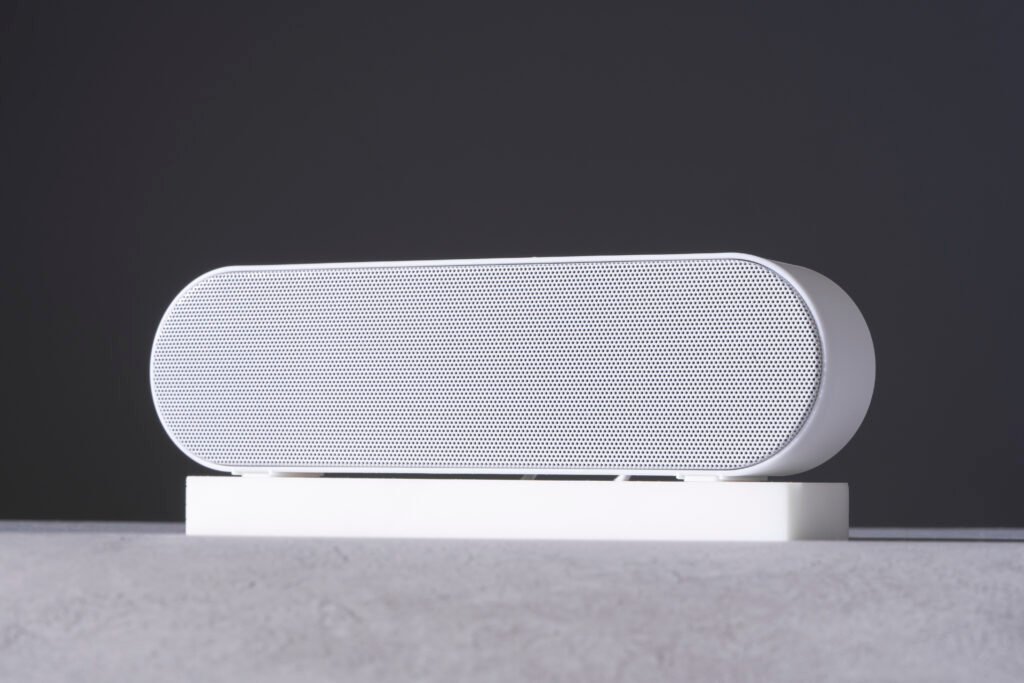HOME THEATRE SERVICES DUBAI

SONOS SPEAKERS

Rizwan it services have best technicians they configure and setup sonos speakers. and professional staf Sonos, one of the leading names in the world of home audio, has built a reputation for delivering high-quality, wireless, multi-room sound systems. The brand’s dedication to innovation, sleek design, and ease of use has revolutionized the way we think about home audio. Sonos products seamlessly integrate with various streaming platforms, offering rich sound experiences across your entire home.
In this article, we will dive deep into Sonos speakers, exploring their features, capabilities, and what sets them apart in the crowded audio market.
Table of Contents:
- Introduction to Home Theatre Speakers
- Types of Home Theatre Speakers
- Front (Left, Right, Center) Speakers
- Surround Speakers
- Subwoofers
- Satellite Speakers
- Dolby Atmos and Height-Enabled Speakers
- Speaker Configurations (2.1, 5.1, 7.1, etc.)
- Speaker Technologies
- Tweeters, Woofers, and Crossovers
- Wireless vs. Wired Speakers
- Soundbars vs. Multi-Speaker Systems
- Key Considerations Before Buying
- Room Size and Acoustics
- Power Handling and Sensitivity
- Matching Speakers with AV Receivers
- Setting Up Your Home Theatre System
- Optimal Speaker Placement
- Calibrating and Tuning
- Maintaining and Upgrading Your Speakers
- Conclusion
1. Introduction to Home Theatre Speakers
When we think of a “home theatre,” sound is as important as visuals. The best TV in the world can only go so far in delivering an immersive experience if the sound falls flat. Home theatre speakers elevate movies, music, and gaming to another level by providing detailed, three-dimensional sound that surrounds you, making you feel like you’re in the heart of the action.
A home theatre sound system consists of several different types of speakers, each with its own role in enhancing the audio experience. These systems range from basic setups with two speakers (stereo) to advanced setups with as many as 11 speakers and subwoofers, delivering deep, rich, and detailed sound.
2. Types of Home Theatre Speakers
Front (Left, Right, Center) Speakers
The front left and right speakers are the most critical speakers in your setup, as they handle the majority of the soundtrack, music, and sound effects. The center speaker, which is typically placed above or below your TV, is tasked with delivering clear dialogue. Together, these three speakers form the core of the home theatre system.
- Left and Right Speakers: Responsible for creating a wide soundstage for music and special effects. In action movies, for example, the left and right channels carry explosions, crashes, and ambient sound.
- Center Speaker: This is the workhorse of a home theatre system, as it handles most of the dialogue in movies and TV shows. A well-positioned, high-quality center speaker ensures that voices sound natural and are easy to hear without needing to raise the volume too high.
Surround Speakers
Surround speakers are positioned to the sides or behind the listener and are responsible for the environmental and ambient sounds in the movie. They create the sense of being surrounded by sound, such as rain falling, birds chirping, or footsteps approaching from behind.
- Side Surrounds: Located to the left and right sides of the seating area, these add lateral movement to the sound, making transitions smoother.
- Rear Surrounds: Positioned behind the listener, these are especially useful in a 7.1 or 9.1 setup, helping to deliver more detailed spatial effects.
Subwoofers
The subwoofer is the powerhouse of any home theatre system, responsible for producing deep, low-frequency sounds. These frequencies include bass effects like the rumble of explosions, the thump of music, or the growl of an engine. A good subwoofer not only shakes the room during action scenes but also adds depth to quieter moments by grounding the sound.
Satellite Speakers
Satellite speakers are small, often wall-mounted or placed on stands, and can serve as both surround speakers or the main front speakers in smaller systems. These are ideal for compact setups where space is a concern, but they usually need a subwoofer to complement them with low-end bass.
Dolby Atmos and Height-Enabled Speakers
Dolby Atmos has revolutionized home theatre audio by introducing height channels. These speakers are placed above the listener, allowing for sound to come from overhead. For instance, in a rain scene, you will hear the droplets falling from above, adding a new dimension to the listening experience.
Height-enabled speakers can be standalone or integrated into existing front and surround speakers.
3. Speaker Configurations (2.1, 5.1, 7.1, etc.)
Home theatre systems are often referred to by numbers like 2.1, 5.1, 7.1, or even 11.2. These numbers refer to the number of speakers and subwoofers in the setup. Here’s a breakdown of the most common configurations:
- 2.1 System: Two front speakers and one subwoofer. This is the simplest setup, typically used for smaller rooms or when space is limited.
- 5.1 System: This is the most popular configuration for home theatres. It consists of three front speakers (left, right, center), two surround speakers, and one subwoofer.
- 7.1 System: Adds two rear surround speakers to the 5.1 system, creating a more immersive sound experience. This setup is ideal for larger rooms where the added speakers can make a noticeable difference.
- 9.1 and Above: These setups add even more surround or height speakers, such as those used for Dolby Atmos, creating an unparalleled three-dimensional audio experience.
4. Speaker Technologies
Tweeters, Woofers, and Crossovers
Understanding speaker components can help in choosing the right set for your home theatre. A typical speaker consists of:
- Tweeters: Small drivers that handle high-frequency sounds, such as dialogue, high-pitched instruments, or sharp sound effects.
- Woofers: Larger drivers designed to handle mid-to-low frequencies, including bass and midrange sounds like drums, bass guitars, or explosions.
- Crossovers: These components separate the audio signal into different frequency bands so that each driver (tweeter, woofer) can focus on its specific range.
Wireless vs. Wired Speakers
Wireless speakers are gaining popularity due to their convenience and lack of clutter. However, they can be prone to interference or connectivity issues. Wired speakers, while requiring more effort to set up, tend to offer more reliable and higher-quality sound due to a direct connection.
Soundbars vs. Multi-Speaker Systems
For those looking for a simple, compact solution, soundbars can offer a big upgrade from TV speakers. Soundbars are a single speaker that contains multiple drivers, and some models come with separate subwoofers and satellite speakers. While they don’t provide the same level of immersion as multi-speaker setups, they are an excellent option for smaller spaces or those on a budget.
5. Key Considerations Before Buying
Room Size and Acoustics
Room size plays a crucial role in determining which type of speaker system is best for you. A large room might benefit from a 7.1 system, while a smaller space might be fine with a soundbar or 2.1 system. Room acoustics, including whether the room has hard or soft surfaces, high ceilings, or open spaces, also influence the sound. Acoustic treatments, like carpets, curtains, or even specialized panels, can help improve sound quality.
Power Handling and Sensitivity
Power handling refers to how much power (in watts) a speaker can handle before it distorts. Larger rooms may require speakers with higher power handling. Sensitivity measures how efficiently a speaker converts power into sound. Speakers with higher sensitivity ratings will play louder than those with lower ratings when driven by the same amount of power.
Matching Speakers with AV Receivers
The AV receiver is the brain of your home theatre, processing audio and video signals. It’s important to match your receiver with your speakers in terms of power output, impedance, and other specifications to ensure optimal performance.
6. Setting Up Your Home Theatre System
Optimal Speaker Placement
Proper speaker placement is critical for getting the best sound. Here’s a basic guide for a 5.1 system:
- Center Speaker: Directly above or below the TV.
- Front Left/Right Speakers: At an equal distance from the TV and angled slightly toward the seating area.
- Surround Speakers: To the sides or slightly behind the listener, at ear level.
- Subwoofer: In the front of the room, but placement can vary depending on acoustics.
Calibrating and Tuning
After placing your speakers, use your AV receiver’s built-in calibration tools or a sound level meter to adjust the volume and timing of each speaker so they work together seamlessly.
7. Maintaining and Upgrading Your Speakers
Regularly dust and clean your speakers to ensure they stay in top condition. Avoid placing them in direct sunlight or in damp areas. As technology evolves, you might want to upgrade individual components, such as adding Dolby Atmos-enabled speakers or a second subwoofer for a more immersive experience.
8. Conclusion
A well-designed home theatre speaker system can turn your living room into a private cinema, offering an immersive experience that brings movies, music, and games to life. Whether you choose a simple 2.1 setup or a full-blown 7.1 or Dolby Atmos system, understanding the different components and how they work together will help you make the best choice for your home. With careful setup and


